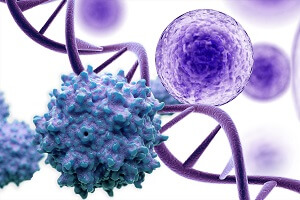

Though useful in the treatment of various chronic illnesses, the price of many monoclonal antibodies negatively impacts their accessibility. “Every year, individuals and insurance companies spend upwards of US$100 billion on antibodies, with costs to treat a single patient often exceeding $50,000,” said Andrew Zydney, Bayard D. Kunkle Chair, and professor of chemical engineering at Penn State, in a statement (1) . The reason? Affinity chromatography, the process used to separate a desired antibody from a solution, relies on chromatography columns that can cost up to $10 million each.
Aiming to lower the cost of these much-needed medicines, Zydney and his colleagues applied a 70-year-old protein purification method used for plasma processing to the development of antibody drugs (1). The team added zinc chloride and polyethylene glycol to separate a target antibody in solution – a cheaper, time-effective alternative to conventional practices. This progress has left the team hoping that the process can be scaled up to help patients access these medicines at affordable prices.
GPEx® Lightning is a fast, flexible way to shorten the path to production of phase 1 material. During this talk, we share the latest data leveraging GPEx® Lightning to generate highly stable, highly productive cell pools.

References
- AL Zydney et al, Biotechnology Progress (2020). Available at: https://doi.org/10.1002/btpr.3082.




